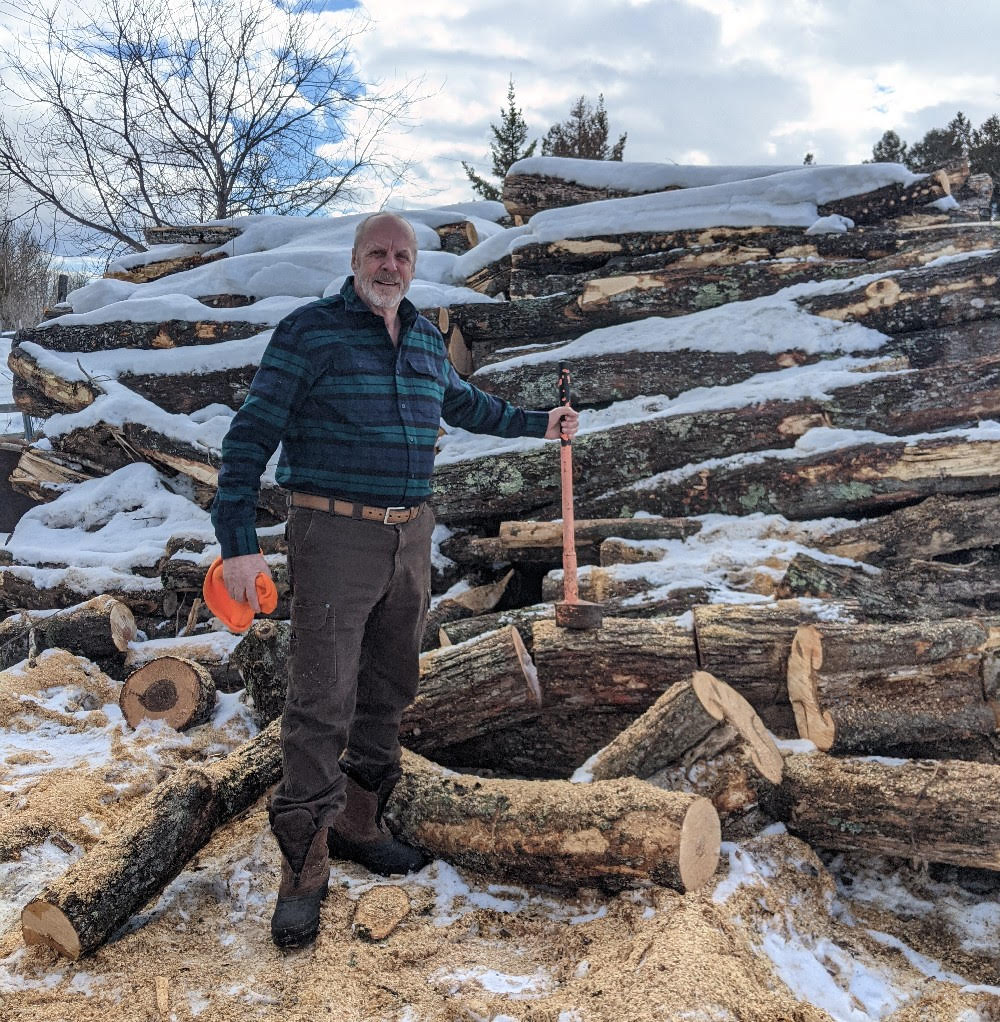SANILAC, Mich. (Michigan Back Roads) – There are a number of ways to interpret the meaning of the prehistoric carvings in the forest in Sanilac County. There are even conflicting stories about how they were rediscovered.
Here is one story of that discovery.
MORE NEWS: Poll Workers Needed, Early Primary Voting Starts Saturday
In 1871, farmers used fires to clear their land. Those fires got out of control, destroying 2 million acres of forest and killing 200 people. In 1881, another fire swept across Michigan’s Thumb. This fire burned a million acres in one day and killed 282 people. The fires and heat were so intense that railroad rails were twisted, and entire towns were obliterated. After the fire, strong west winds blew through, and the topsoil was swept away. This revealed the long-hidden carvings. It is interesting to note that there is no mention of these carvings in any writings or oral histories, prior to the 1870s firestorms.
There are hundreds of images carved into a large sandstone outcropping. Some of the more unusual images, like the 6-finger hand, and the archer with the conical hat, still offer puzzles to be solved. There are carvings that are readily understood, like the coyote, rabbit, and bird tracks. There are spirals similar to those found in carvings all over the world. Then there are the carvings that seem to be representations of fantastic animals or even, as some say, unusual letters and scripts. The trail of coyote tracks that cross the sandstone are part of the carvings and run almost perfectly south to north.
Some of the petroglyphs are difficult to interpret. There are unidentified animals and symbolic shapes. There are several interpretations of the meaning and origins of the carvings. One interpretation of the archer with the conical hat is that he represents a “holy man”. The arrow represents knowledge and truth. When it is launched by the bow, it sends these virtues into the future, through the education of the young. The conical hat represents the two sides of human nature, the conscious and the spiritual. One side of the hat represents hopes and aspirations. The other side represents faith and prayers. The conical shape of the hat symbolizes both being sent upward to the heavens. Again, this is just one of the many interpretations of this particular glyph.
The sandstone outcropping is protected by a fence and a roof. During the summer season volunteers are on hand to allow visitors to get up close to the carvings. They also offer an entertaining and educational program describing the carvings. This program is the best way to get accurate information about the interpretations of the petroglyphs.
There is an excellent walking trail at this site. The main trail is one loop of about a mile. It winds through the forest and crosses the Cass River, via small suspension bridges, in two places. The trail is narrow in places, and can be rough, due to tree roots growing near the surface. The topography is quite varied. The forest and undergrowth are very dense where the trail crosses the river or passes near wetlands. In a couple of places, beaver activity has dammed the river forming small ponds.
Then there are the huge rock formations. Giant slabs of rock are visible along the way. Many of these were underwater at one time, back when the Cass River was nearly a mile wide. Another unique feature of this trail is the towering White Pine growing just off the trail. This tree is estimated to be more than 125 years old. It probably sprouted right after the the last of the great firestorms in 1881. Those firestorms, and the winds that followed, helped expose the petroglyphs.
MORE NEWS: Pharmacy Shortages Loom In Michigan Amid Rite Aid Closures
Directions: From Highway 25 on the Lake Huron shore, take Bay City-Forestville Rd. west to Germania Rd. Go south about 1/2 mile and you will reach the park where these remarkable carvings are located.

Leave a Comment
COMMENTS POLICY: We have no tolerance for messages of violence, racism, vulgarity, obscenity or other such discourteous behavior. Thank you for contributing to a respectful and useful online dialogue.